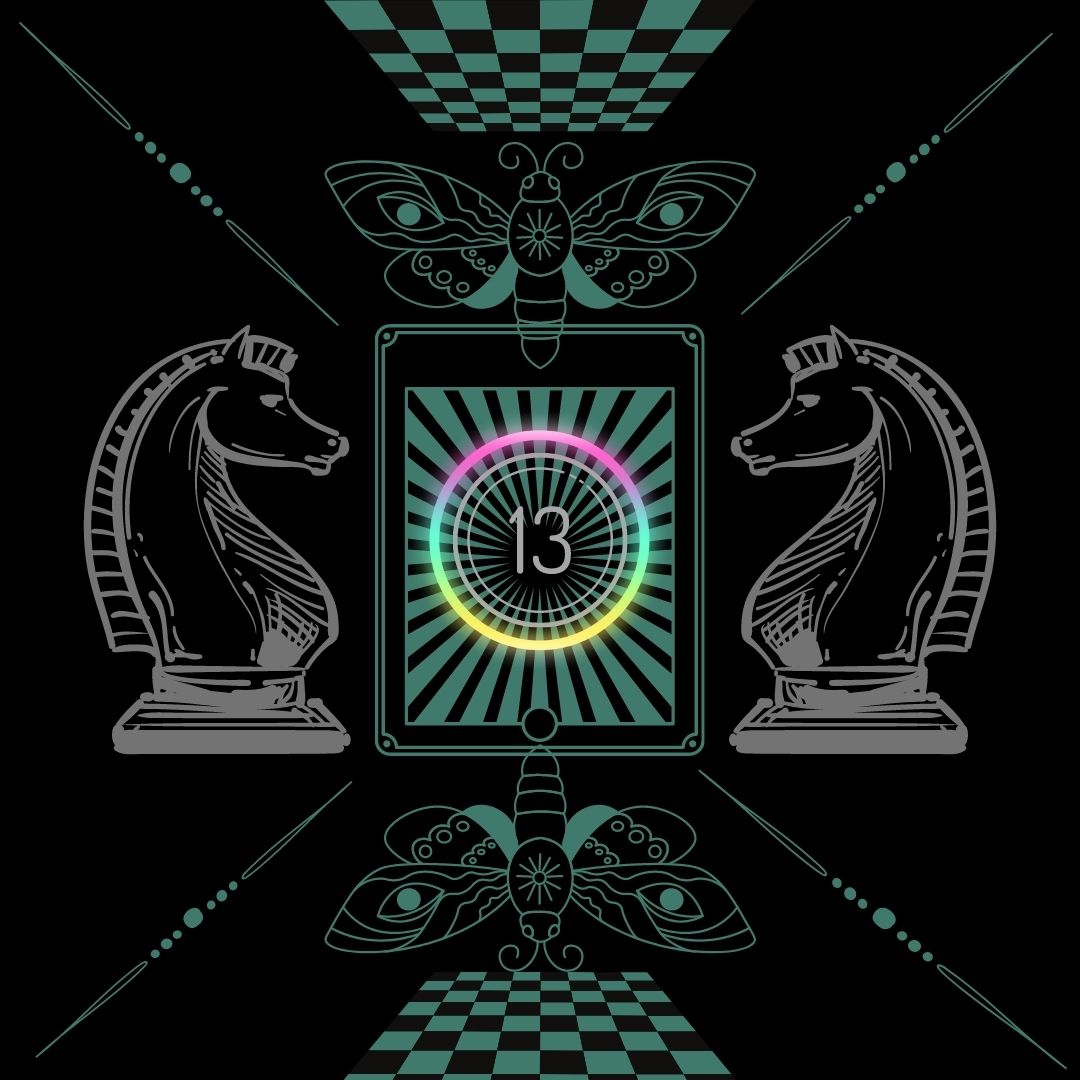Never send to know for whom the bell tolls; it tolls for thee. — John Donne, 16th century
John Donne was a religious man, a Catholic specifically, living through a time governed by superstition in a place ravaged by the black plague. In what is certainly his most famous line of prose, Donne describes his existential experience of listening to the funeral bells as they rang out again and again with little rest between their morbid songs. What makes this line all the more succinct and chilling is the belief inherent to Donne’s culture that sickness itself was visited upon the body by God in an attempt to spare the sinful soul from eternal damnation through the penance of physical pain. This belief carried on well beyond the middle ages and even into the deeply racist belief system of Mother Teresa who visited utter torment upon the orphans in her charge from a height of moral authority rarely questioned to this day. Death and its often attendant pain are cleverly married across a spectrum of global myths in such a manner as to convince ourselves that certain forms of sadism are not only valid but good. We call Teresa a saint and Mr. Kevorkian a criminal to our own physical and spiritual detriment.
When Antonius asks if Death has come for him, the cloaked man tells him, “I have long walked at your side.”
Though death is a necessary experience on the way to an afterlife or the lack thereof, the two are not interchangeable. Artful representations on the nature of death often choose to personify the phenomenon as a means of exploration. In Ingmar Bergman’s famous 1957 allegorical film The Seventh Seal, Death appears to the Knight Antonious in the form of a cloaked man. When Antonius asks if Death has come for him, the cloaked man tells him, “I have long walked at your side.” Antonius claims his body is ready to go, but not his self and asks for more time. Death smirks, “You all say the same thing” Antonious does, however, manage to entice Death to play a game of chess with the caveat that as long as they play, Antonious lives, and should Antonius win, Death will set him free. Death agrees, though we all know that no such wager can be made. Death and birth are wed and should we choose one we must necessarily accept the other. But Antonius and Death play the game anyway, an allegory in itself for how we live life from one day into the next day.
Bergman himself, the writer and director of the film, was going through his own internal struggle between his faith in the myths of the church vs. a desire for something more even if it is not God vs. atheism. In The Seventh Seal, Bergman allows these inner questions to take an external form through the creation of his characters who were set into the time period burdened by the superstitions that haunted the ringing of the bells for John Donne. The iconic film offers modern audiences a celluloid image of the age-old tale of playing chess with Death, but the allegory itself shows its age, so to speak.
Death is a member of a group known as The Endless that also includes Destiny, Dream, Destruction, Desire, Despair, and Delirium.
Death, a character by the same name, in Neil Gaiman’s graphic series The Sandman, offers a more dynamic set of questions to parse and potentials to explore for contemporary audiences. In this series Death is a member of a group known as The Endless that also includes Destiny, Dream, Destruction, Desire, Despair, and Delirium. All of these characters have existed at least since the advent of time, though more than likely they are the components of a basic operating system that exists outside of time. Death, in this series, is both the end of life itself and a seer or a psychopomp capable of foretelling events to even those who are freshly born. Gaiman’s character is a useful source for a personal exploration of what it means to keep death over one’s left shoulder, to befriend our own eventual demise in ways that might be meaningful to our fulfillment and satisfaction in the life we are gifted through the body we inhabit right now. Death is undoubtedly our most trusted companion on this journey and she herself is likely evolving, growing into a complexity of self-knowledge, courage, and desire.
May we extend our consideration to include this eternal wanderer named Death.
— Michelle Embree
www.michelleembree.com



